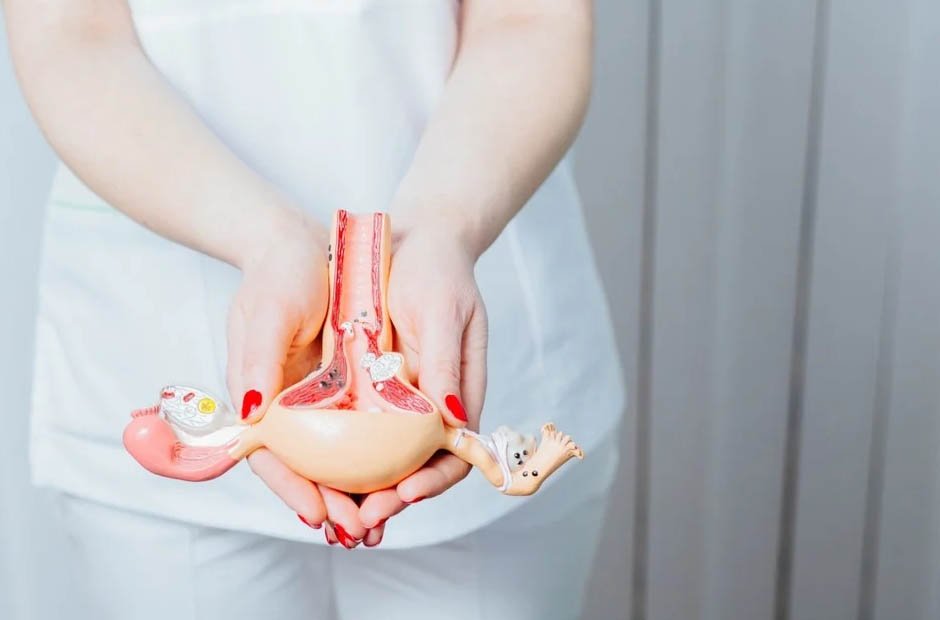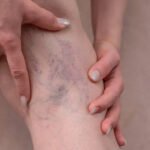
Endometriosis is a chronic medical condition where tissue resembling the uterine lining grows outside the uterus. This displaced endometrial tissue can cause inflammation, pain, and the formation of scar tissue. Treatments can help reduce pain and control its progression. Here are six ways to treat the condition:
Hormonal Contraceptives
Hormonal contraceptives like the birth control pill, patch, or ring can help reduce symptoms. Contraceptives contain synthetic hormones that suppress the production of estrogen. This limits menstrual flow and the monthly buildup of the endometrium. Without this cyclic stimulation, the displaced endometrial lesions remain small and inactive. By stabilizing hormone levels and reducing periods, hormonal contraceptives help minimize pelvic pain and other symptoms.
Progestin Therapy
Progestins are synthetic progesterones that suppress endometrial growth by blocking ovarian stimulation. Unlike GnRH agonists, which completely shut down ovarian activity, progestin therapy maintains some hormone production to prevent monthly periods. This long-term solution offers relief without inducing premature menopause-like symptoms. Oral medications, injections, or progestin-eluting intrauterine devices deliver this hormone treatment. Targeted progestin therapy keeps endometrial lesions small and inactive to reduce pain and inflammation.
Aromatase Inhibitors
Aromatase inhibitors were originally developed to block estrogen production in postmenopausal women with breast cancer. They work by inhibiting the aromatase enzyme that converts androgens into estrogen. This medication can also suppress estrogen in premenopausal women with endometrial lesions. Approved aromatase inhibitors combined with progestins help relieve endometrial pain in many women.
Analgesic Medications
Non-steroidal anti-inflammatory drugs (NSAIDs) like ibuprofen reduce the pelvic pain and inflammation associated with the condition. Prescription pain relievers may be recommended for more severe monthly symptoms. Analgesics help manage pain for women undergoing other therapies or surgeries for endometriosis. Techniques like acupuncture and topical pain relief creams could also provide additional non-pharmaceutical options.
Pelvic Support Therapy
Chronic inflammation from endometriosis can cause pelvic floor dysfunction, which is decreased control over the muscles in the pelvis. Pelvic physical therapy helps release skeletal misalignments, improves spinal flexibility, and strengthens core muscles. Myofascial pelvic therapy and biofeedback techniques can relieve dysfunction, alleviate pain, and improve mobility. Support from physical therapy helps turn off pain signals from irritated pelvic structures. Ongoing therapy maintains improvements made during active treatment cycles.
Robotic Laparoscopy
Robotic laparoscopy is a surgical procedure that removes endometrial lesions without damaging the uterus. The robotic system provides 3D visualization and advanced wristed instruments that help maneuver delicate workspaces around pelvic organs. Robotic arms hold the laparoscopic camera and instruments, eliminating hand tremors and fatigue. Your surgeon still completes the procedure, but robotics provide additional precision and control throughout every step of the surgery.
Get Treatment for Endometriosis Today
Discuss symptoms with your gynecologist for an accurate diagnosis and personalized treatment plan. Be open about the severity and subtleties of your pain. The information you provide guides therapy recommendations and helps indicate the progress of this disease. Your doctor is ready to listen and work with you to restore your health and improve your quality of life. Contact your medical care provider for endometriosis treatment options today.





